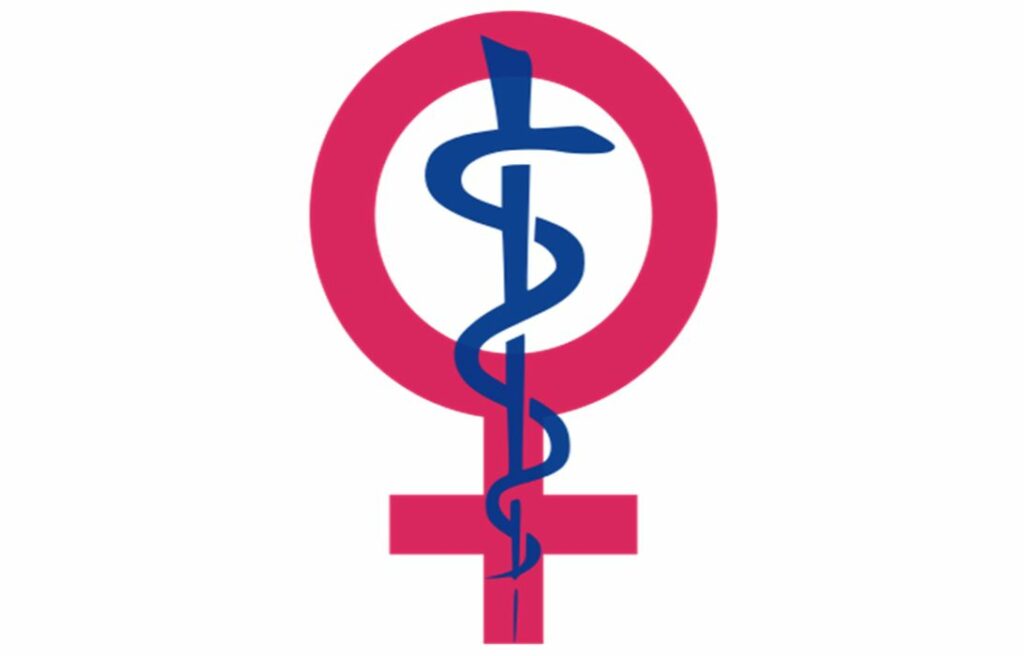
Charles R. Goulding and Julia Wallace look at the how 3D bioprinting may open new possibilities for women’s health.
History of Women’s Health
As long as people have been practicing medicine, there has been a severe and detrimental gender bias. Men have historically dominated the field, even prohibiting women from attending medical schools from their inception in the 12th century until the mid-19th century.
Immense progress has been made since then, with just over half of medical students in the U.S. identifying as female in 2019. This increase in female representation in the workforce along with changing norms of society show promise for the future of medicine, with younger doctors and students focusing on systemic inequalities now more than ever.

However, women still face discrimination when seeking treatment. Doctors are more likely to attribute a woman’s pain to an emotional or psychological cause, not physical, compared to a man’s pain, and are more likely to think she is exaggerating symptoms, leading to mistreatment.
Women are also less likely to be referred for further diagnostic investigations, leaving many symptoms and conditions untreated and undiagnosed. These biases are amplified when the women seeking treatment are ethnically diverse. Hopefully, the shift toward more awareness of gender bias continues, and women face less discrimination when seeking medical attention.
Modern Research on Ovaries
This same bias present in the exam room persists in research. In the New York Times essay “Ovaries Are Prone to ‘Exhaustion’ and ‘Fatigue.’ Or Are They?” by Rachel E. Gross, Dr. Evelyn Telfer notes that “cultural biases about women” have influenced reproductive medicine and science for ages.
It is this bias that makes people hesitant to accept new findings that stem cells in human ovaries may produce new eggs throughout a woman’s lifetime, even though this has been an idea circulating in the scientific community for at least a decade. People have been under the impression that humans are born with all the eggs they will ever have, and these run out around the time that menopause begins.
Being told that this may be outdated knowledge prompted ridicule from many, with ideas of human exceptionalism being used in an attempt to debunk conclusions drawn from research confirming the success of stem cell-produced eggs in mice. Rachel Gross also explores the idea that biology texts paint men and their gonads as “reproductively prolific,” while ovaries are an “hourglass.”
With the knowledge that eggs can be continuously produced, menopause may not be caused by the loss of all one’s eggs, but by the lack of nourishment of those eggs at a later age. This means that there may be potential to postpone menopause and extend fertility for older women by providing artificially made ovarian tissue that would protect eggs as they continue to be produced by stem cells. Or, stem cells from the ovary can be removed before the onset of menopause or treatments that would affect the functionality of the ovaries, such as chemotherapy, and allow women to create eggs from them later in life.
3D Printing Ovaries
Ovarian health is incredibly important to the overall health of a woman. Unfortunately, it has been historically overlooked since the field was male-dominated (multiple drugs are available for male sexual dysfunction, yet only two have been approved for women, and they come with many serious side effects; loads have been known for centuries about the intricacies of the male reproductive system, but the full anatomy of the clitoris was not discovered until 1998).
However, in 2012, gynecology became the first majority women surgical specialty, contributing to the rise in gynecological research. In 2017, the first study was published attempting 3D printing viable ovaries (Laronda et al, 2017). Researchers were able to produce a bioprosthetic ovary that restored organ function in mice that had had their natural ovaries removed. Using a gelatin ink, they accomplished “on-platform ovulation through a biomaterial that did not require mechanical manipulation or digestion of the material to release an egg.”
A more recent study attempted to improve upon this technology (Wu et al, 2021). Using gelatin-methacryloyl (GelMA) as a bioink. These researchers were able to produce some viable cell lines but did not have significant enough success to justify using this over traditional cell production. However, a suitable microenvironment for ovarian follicles was produced, and metaphase II oocytes were observed after in vitro maturation.
The Research & Development Tax Credit
The now permanent Research and Development (R&D) Tax Credit is available for companies developing new or improved products, processes and/or software.
3D printing can help boost a company’s R&D Tax Credits. Wages for technical employees creating, testing and revising 3D printed prototypes can be included as a percentage of eligible time spent for the R&D Tax Credit. Similarly, when used as a method of improving a process, time spent integrating 3D printing hardware and software counts as an eligible activity. Lastly, when used for modeling and preproduction, the costs of filaments consumed during the development process may also be recovered.
Whether it is used for creating and testing prototypes or for final production, 3D printing is a great indicator that R&D Credit eligible activities are taking place. Companies implementing this technology at any point should consider taking advantage of R&D Tax Credits.
Conclusion
The increased research efforts for women’s health show promise. These studies are significant steps on the way to equality in medicine. While it will be a long road, the hope is that one day the gender bias will be eradicated, and women will be treated fairly by physicians. The studies regarding ovarian stem cells also have major implications for extending fertility longevity and possibilities for women if researchers continue to pursue these topics.

